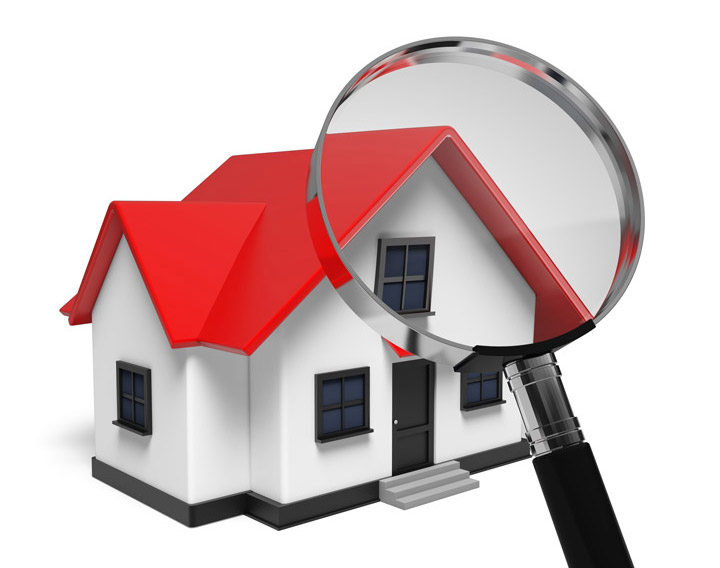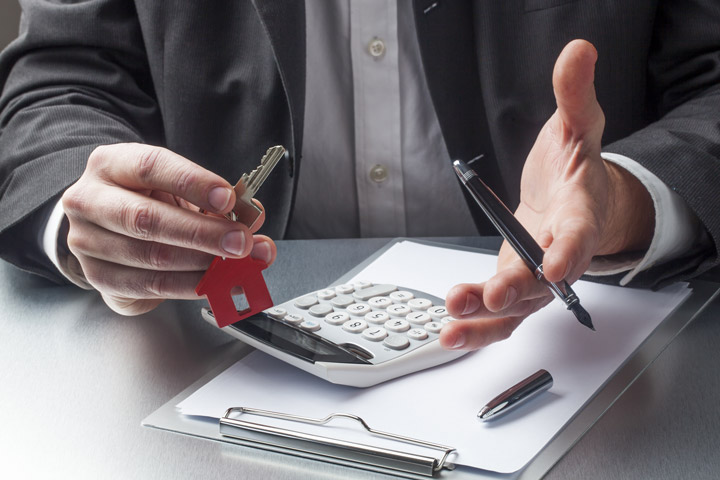
What Goes Into an Appraisal?A home purchase is the most important transaction most may ever consider. It doesn't matter if a primary residence, an additional vacation property or an investment, purchasing real property is a detailed transaction that requires multiple people working in concert to pull it all off. You're probably familiar with the parties having a role in the transaction. The most known person in the transaction is the real estate agent. Next, the mortgage company provides the financial capital necessary to finance the exchange. And the title company makes sure that all details of the sale are completed and that the title is clear to transfer from the seller to the purchaser. So, who's responsible for making sure the value of the property is consistent with the amount being paid? This is where you meet the appraiser. We provide an unbiased estimate of what a buyer could expect to pay — or a seller receive — for a parcel of real estate, where both buyer and seller are informed parties. A licensed, certified, professional appraiser from William Barr will ensure, you as an interested party, are informed. Inspecting the subject propertyOur first task at William Barr is to inspect the property to determine its true status. We must physically see features, such as the number of bedrooms and bathrooms, the location, and so on, to ensure they really are there and are in the shape a typical person would expect them to be. The inspection often includes a sketch of the floorplan, ensuring the square footage is correct and illustrating the layout of the property. Most importantly, we identify any obvious features - or defects - that would affect the value of the house. Next, after the inspection, we use two or three approaches to determining the value of real property: paired sales analysis and, in the case of a rental property, an income approach. 
Replacement CostThis is where we use information on local construction costs, the cost of labor and other elements to determine how much it would cost to replace the property being appraised. This value commonly sets the upper limit on what a property would sell for. It's also the least used method. 
Analyzing Comparable SalesAppraisers become very familiar with the communities in which they appraise. They thoroughly understand the value of specific features to the residents of that area. Then, the appraiser researches recent sales in the area and finds properties which are 'comparable' to the real estate in question. Using knowledge of the value of certain items such as upgraded appliances, additional bathrooms, additional living area, quality of construction, lot size, we add or subtract from each comparable's sales price so that they more accurately portray the features of subject property.
An opinion of what the subject might sell for can only be determined once all differences between the comps and the subject have been evaluated. At William Barr, we are experts when it comes to knowing the value of particular items in Albuquerque and Bernalillo County neighborhoods. The sales comparison approach to value is commonly awarded the most importance when an appraisal is for a real estate sale. Valuation Using the Income ApproachA third way of valuing a property is sometimes used when an area has a reasonable number of rental properties. In this case, the amount of revenue the real estate produces is factored in with income produced by similar properties to determine the current value. ReconciliationCombining information from all applicable approaches, the appraiser is then ready to document an estimated market value for the subject property. The estimate of value at the bottom of the appraisal report is not always the final sales price even though it is likely the best indication of what a property is worth. Depending on the individual circumstances of the buyer or seller, their level of urgency or a buyer's desire for that exact property, the closing price of a home can always be driven up or down.Regardless, the appraised value is typically used as a guideline for lenders who don't want to loan a buyer more money than the property is actually worth. Here's what it all boils down to, an appraiser from William Barr will guarantee you discover the most fair and balanced property value, so you can make wise real estate decisions. |